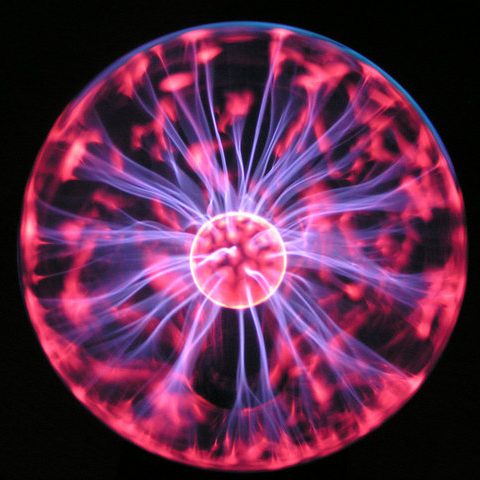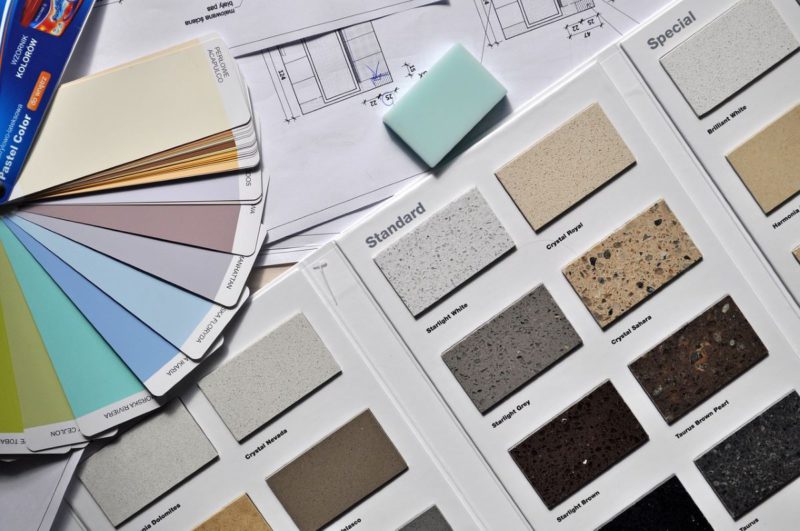In an era where adaptability is key, the demand for innovative spaces is soaring, particularly for environments that require a medical practice permit and tailored solutions for office fitouts. Securing the right permits ensures compliance with regulations, while well-planned fitouts can enhance workflow and productivity. Effective design plays a critical role in shaping these dynamic environments, ensuring they remain functional, efficient, and sustainable. Whether for residential or commercial settings, it’s essential to create spaces that accommodate diverse activities and user requirements. In this article, we will discuss seven key aspects of designing adaptive environments that inspire flexibility and growth.

Flexibility and Versatility
At the heart of adaptive design is flexibility. Spaces should be versatile enough to accommodate a variety of activities and purposes. Achieving this can involve using modular furniture that can be rearranged as needed, movable partitions that create distinct areas, and multifunctional zones that serve multiple purposes. With the right design elements, a living room might transform into a workspace or guest bedroom. Enabling effortless reconfiguration helps spaces optimise their functionality and adapt to evolving needs.
Smart Technology Integration
Integrating innovative technology into adaptive spaces enhances both functionality and user experience. Features like intelligent lighting systems, climate control mechanisms, and security options can be tailored to suit different needs and preferences. Devices that respond to voice commands streamline daily tasks and improve overall efficiency. Automated systems can adjust based on the time of day or learn user habits to optimise comfort and energy use. By weaving technology into the fabric of a space, designers create environments that are not only modern but also responsive to the occupants’ needs.
Sustainable and Eco-Friendly Materials
Modern design increasingly emphasises sustainability. Utilising eco-friendly materials and practices benefits the environment while enhancing the adaptability of spaces. Incorporating recycled and renewable resources, energy-efficient appliances, and green building techniques contributes to healthier living conditions. When designers prioritise sustainability, they ensure that spaces can evolve without depleting the planet’s resources. Selecting materials that support ecological balance leads to a more responsible and future-oriented approach.
Ergonomic and User-Centric Design
Prioritising comfort and well-being is essential in adaptive spaces. Ergonomic design principles ensure that furniture and layouts support healthy posture and movement, reducing strain on the body. User-centric design focuses on creating environments that are intuitive and accessible for everyone, regardless of age or ability. This can involve adjustable desks, easy-to-navigate pathways, and signage that enhances usability. Considering the diverse needs of occupants leads to a more enjoyable and productive experience.
Aesthetic Appeal and Personalization
While functionality is critical, aesthetic appeal should be considered. Adaptive spaces must be visually inviting and reflect users’ unique styles. Options for personalization, such as customizable colour schemes, art displays, and decor, empower occupants to create authentic environments. A well-designed space that balances aesthetic qualities and adaptability significantly enhances satisfaction and comfort. Incorporating local art or personal memorabilia fosters a sense of belonging and connection to the environment.
Efficient Use of Space
Maximising the efficient use of space is a vital component of adaptive design. Clever storage solutions, such as built-in cabinets, hidden compartments, and multi-purpose furniture, help to declutter and organise environments effectively. Spacious layouts and intentional design elements foster a feeling of airiness and seamless movement within the area. Efficient space utilisation ensures that every square foot serves a purpose, which is particularly important in smaller areas. A sofa that converts into a bed can provide additional sleeping arrangements without compromising the living area.
Future-Proofing and Scalability
Designing with the future in mind is essential for long-lasting adaptive spaces. Future-proofing involves anticipating changes and incorporating features, allowing easy upgrades and modifications. Scalability ensures that spaces can grow and adapt to meet evolving needs over time. A home office could be designed to accommodate new technology or additional workstations as the user’s needs change. By planning for future developments, adaptive spaces maintain their relevance and functionality, avoiding the pitfalls of obsolescence.
Creating innovative and adaptive spaces involves a careful balance of flexibility, technology integration, sustainability, ergonomic design, aesthetic appeal, efficient use of space, and future-proofing. Each of these aspects contributes to environments that are not only functional but also inspiring and responsive to the changing demands of modern life. Embracing the concept of adaptive design paves the way for spaces that enhance our daily experiences while respecting our environment. By applying these principles, we can create environments that thrive, adapt, and resonate with those who inhabit them.




